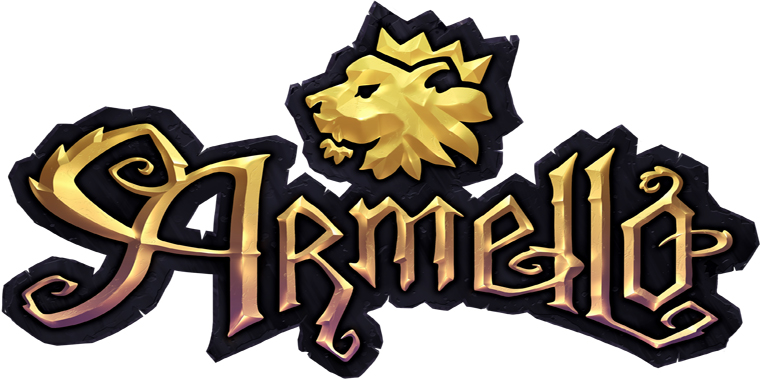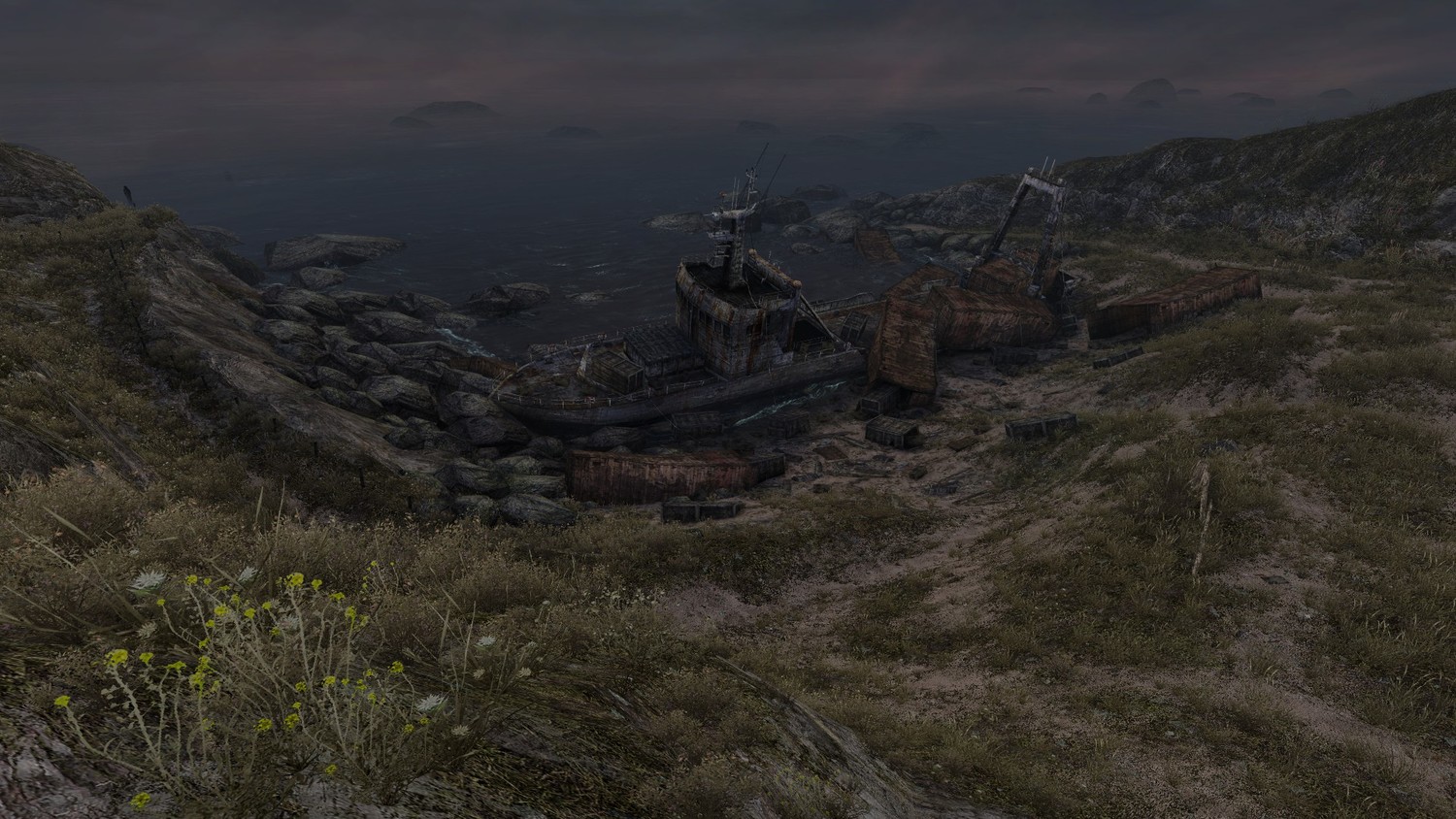
Review: Armello
Posted by Eric G on September 10th, 2015 | 8 Comments | Tags: Armello , League of Geeks
Armello is a game I’ve had my eye on for quite some time. We haven’t seen a strong tactical board game on the PSN this generation yet, and I had high hopes that this would hit that target straight-on. With its beautiful cards, its fairy-tale wrapper, and a load of interesting gameplay mechanics, it certainly looked promising. After playing around a dozen matches of the game, I think it strikes a bit off-center.
The King has become corrupted by the mysteriously evil force known as The Rot. He’s screwing up the kingdom left and right, and is basically inciting a coup from nearby clan-leaders. There are four main clans to choose a character from – Wolf, Hare, Rat, and Bear – each with its own affinity and implied lore. Each specific character has a handful of statistics that will undoubtedly inflate and deflate throughout the course of a given game, including Body (health), Wits (maximum hand size), Spirit (magic), and Attack (number of dice in battle). This is a board game with hexagonal spaces and card drawing from three different decks. It would make this review even lenghtier if I were to explain each of the game’s many mechanics in-depth. I’ll try to cover the important ones briefly. I should note that the game does a great job chopping up the mechanics and serving them to the player through a series of four required tutorials.
I alluded earlier to the fact that the King needs overthrowing. That’s the objective of each game; to overthrow that crazy lion. The game states that there are four paths to victory: Prestige, Rot, Kingslayer , and Spirit Stone. You gain prestige by killing other players, capturing lands, and completing quests. This seems to be by far the best, least ridiculous way to achieve victory in Armello. The Rot and Kingslayer objectives are essentially the same, and the Spirit Stone win takes some miraculous actions (and inaction from other players) to pull off. The three deck types are Items (usually equipment), Magic (spells), and Peril (usually traps to screw other players over). The game is well-crafted in the sense that your strategy needs to be flexible each game. I tried to pull off a Spirit Stone victory so many times but didn’t have the stats to quest or the cards to pull it off. The one time I did pull off a Spirit Stone win tipped me off to an unfortunately predominant aspect of this game: luck.
From the bat, this game is asymmetrical. Each character has different stats, which is fine because they seem balanced. However, the asymmetry extends to the players’ hand (you don’t start with the same cards) and to the map itself. If I choose Amber, who is proficient at exploring dungeons, and my spawn point has no nearby dungeons, my character’s edge is immediately dulled. For a game like this, I would much rather have preset maps than procedurally generated ones. Besides for the asymmetry, there’s an awful lot of dice rolling and probability checking in the game. The game partially curbs the dice rolling randomness by allowing you to burn cards to ensure output before rolling, a mechanic I really like. Still, quests, perils, and dungeon exploring are all toss-ups, too. If you don’t mind dice or probability checks, then you may perhaps be okay with these aspects of the game; I found that there are simply too many of them in the game to be enjoyable whatsoever. I have a tough time dealing with that sort of design. I wish some of the events were optional modifiers to make the game more fun but there was a tournament ruleset to turn off the random ancient druid encounters , for instance. The Spirit Stone victory I mentioned earlier involved a turn where I happened upon ancient druids who gave me a Spirit Stone on the same tile that I had just collected a Spirit Stone. That gave me the four I needed to hop into the palace and banish the King – a supremely difficult feat considering you have to overcome a peril to get into the palace walls and then remain alive an entire turn while everyone else sees you trying to go for the win. In one game, another player spent strategic actions and several turns collecting Spirit Stones. S/he finally got into the palace only to be struck by lightning because I, the prestige leader, advised the King to strike everyone in the palace. It may actually be a good thing that there is no in-game chat feature.

The best part of this game is the art style. The cards are expertly inked, and each one features a short, animated GIF of sorts that brings it to life as it sits in your hand. I also like the fact that you can zoom in on a card to check its artist and animator. Credit where credit is due. Speaking of zooming, the very first thing I had to do when I booted up Armello is pull a chair up close to my 42″ HDTV. I’m not sure if this is due to the game initially being developed for Steam, but it has the smallest text I’ve seen in a PS4 game (except, perhaps, for The Escapists). The interface works fine for PS4 once you understand the different functions between the D-Pad, the left analogue stick, and the right analogue stick. You’ll see a couple of hints at its mouse and keyboard origins, including instances of the word “drag”. It confused me at first but again, I quickly learned to select a card using the D-Pad, hold R2 to ‘drag’, then press X to select. One thing that continues to annoy me is the fact that I can’t click on cards in the log (which lists the actions taken by all players). It seems like they’re underlined with the express intent of being clicked. A game like this shouldn’t require you to memorize all of its 100+ cards. I sometimes forget the difference between Wyld Weed, Rite of Wyld, and The Cleansing Wyld. When an opponent plays one of them, I should be able to click on the name to see what the hell is going on. Perhaps a touchpad mouse cursor would have worked? Or the ability to cycle through keywords with a button while the log is maximized?
Armello is an interesting case. Its parts are solid; intriguing. The sum of its parts is randomized; lengthy. I think I’ve lost two or three times, which means I have an overwhelmingly winning ratio (there is no in-game option to check win/loss or other play statistics). However, I can’t say that I truly felt I earned many of those victories. Oftentimes, I found myself the Prestige leader almost by surprise. At that point, I would just skirt other players until the match ended and wind up the victor. The fact that there is no local multiplayer in this game is a huge negative to me. There’s an aspect of concealed information with cards in hand but there should be some way around that. To be honest, I would easily concede everyone seeing what’s in my hand for the ability to play with them. I don’t think it would negatively impact the game too much. You still choose what to do with those cards regardless of whether another player can see them or not. Heck, it may even add an element of alliances and rivalries. At the time of this writing, there is no ability to add AI to an online multiplayer match. There’s an option to “Recruit AI” but it’s grey’d out. This leads to sitting in the lobby for a while before launching a game that will take upwards of two hours to complete (a typical match with all AI lasts about one hour). I wished so much to continue enjoying Armello after playing a game or two. Perhaps if the mechanics were slightly tweaked (Rot doesn’t seem to have much practical benefit whatsoever, for example), the game would be more fun. As is, you should pick it up if you like hexagonal board games with outstanding artwork.
A copy of this game was provided by the publisher for review purposes. For more info on our review policy click here.
General Info
- Developer: League of Geeks
- Publisher: League of Geeks
- Platforms: PS4
- Release Date: September 2015
- Price: $19.99, €19.99/£15.99/AU$29.95
- Genre: Board Game, Card, Turn-Based Strategy
- Ratings: Everyone 10+, PEGI 7
Score:
What I Like:
- Outstanding aesthetic.
- World-building.
What I Dislike:
- RNG.
- Asymmetry.
- No local multiplayer.
- No play statistics.
- No recruitable AI in online multiplayer.














































